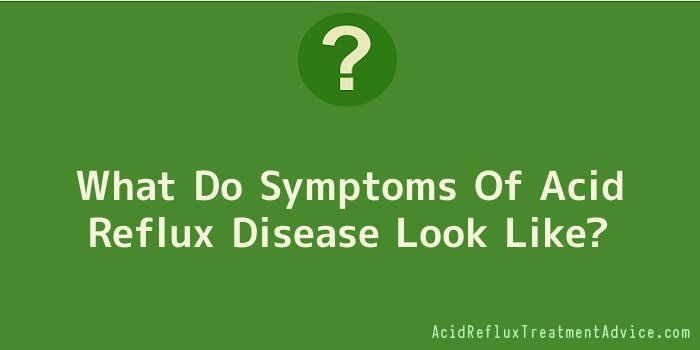
Investigation executed recently displays that one in five people approximately in the industrial world tolerate symptoms comparable to acid reflux disease (also known as Gastroesophageal reflux disease Disease, or GERD) once a week, even if an additional one in five undergo from the discomfort, even soreness of these symptoms at least every month.
Up to 40 per cent of those people bear every day from GERD related symptoms. However, a good quantity of patients do not in truth appreciate identify with what acid reflux disease is.
Acid reflux disease happens when the lower esophageal sphincter (the name for the valve or circle of muscle between the stomach and the esophagus) does not close correctly, failing to avoid stomach juices from travelling back up, or reflux diseasing, into the esophagus. When the esophagus lining comes into contact with these juices, a burning sensation in the chest and/or the throat is produced, which is labelled heartburn.
The level of stomach acid has to be high enough for effective digestion, and put off the stomach from having to work much harder for the food to be digested. In excess of time, the extra effort of the stomach can result in gastroesophageal reflux disease occurring. Then while it seems strange, GERD may also be a symptom of too little gastric acid.
Rather than just the immediate factors leading to acid reflux disease, there are also uncontrollable genetic factors and a number of option interior factors and cofactors, which formulate for a context that encourages gastroesophageal reflux disease disease. A long-term solution can only come from fixing the internal factors fundamentally responsible for bringing on GERD.
Diagnosis of acid reflux disease is classically performed according to a recurring (every three days or more) manifestation of GERD. Note that sometimes gastroesophageal reflux disease can happen in the absence of any symptoms. Healthy people acquire occasional heartburn as well, and this alone does not imply that you have a GERD condition.
Symptoms may differ for numerous patients, such as chest pains, breakfast hoarseness or difficulties in swallowing. Recurrent dry coughs are also symptoms for this last set of patients. Yet others experience a sensation of food lodged in their throat or choking or stricture.
Some patients develop a condition where cells in the esophageal lining adopt irregular shapes and colours, a condition known as Barrett’s esophagus. Lingering Barrett’s esophagus may result in cancer, in particular for adults more than 60. Neglecting gastroesophageal reflux disease cannot only have disagreeable, perhaps painful symptoms, but can also generate substitute grave complications.
Gastric acid can lead to inflammation of the esophagus more than time, and ulcers or bleeding. Finally, tissue damage scars can result in narrowing of the esophagus and troubles in swallowing.
Possible Solutions for Acid Reflux Disease
Treating acid reflux disease can be handled in one of three ways: a surgical operation; medicaments available by prescription or over-the-counter; and holistic therapy, using dietary and lifestyle alterations, detox, and specific herbal supplements. In a large amount of instances, GERD can be stopped and stopped using natural solutions, without the risks or secondary effects of surgical treatment or prescribed medicaments. This holistic attitude is also backed up by means of a review of latest studies that demonstrates that the medical condition of gastroesophageal reflux disease is triggered mostly by means of factors of diet, lifestyle and behaviour.
Considered in the context of conventional medicine that compares it to alternative related recurring conditions, gastroesophageal reflux disease is to be treated by means of persistently ingesting drugs, antacids and in excess of the counter medicament that only bring temporary relief. But this is not the full answer to GERD.
